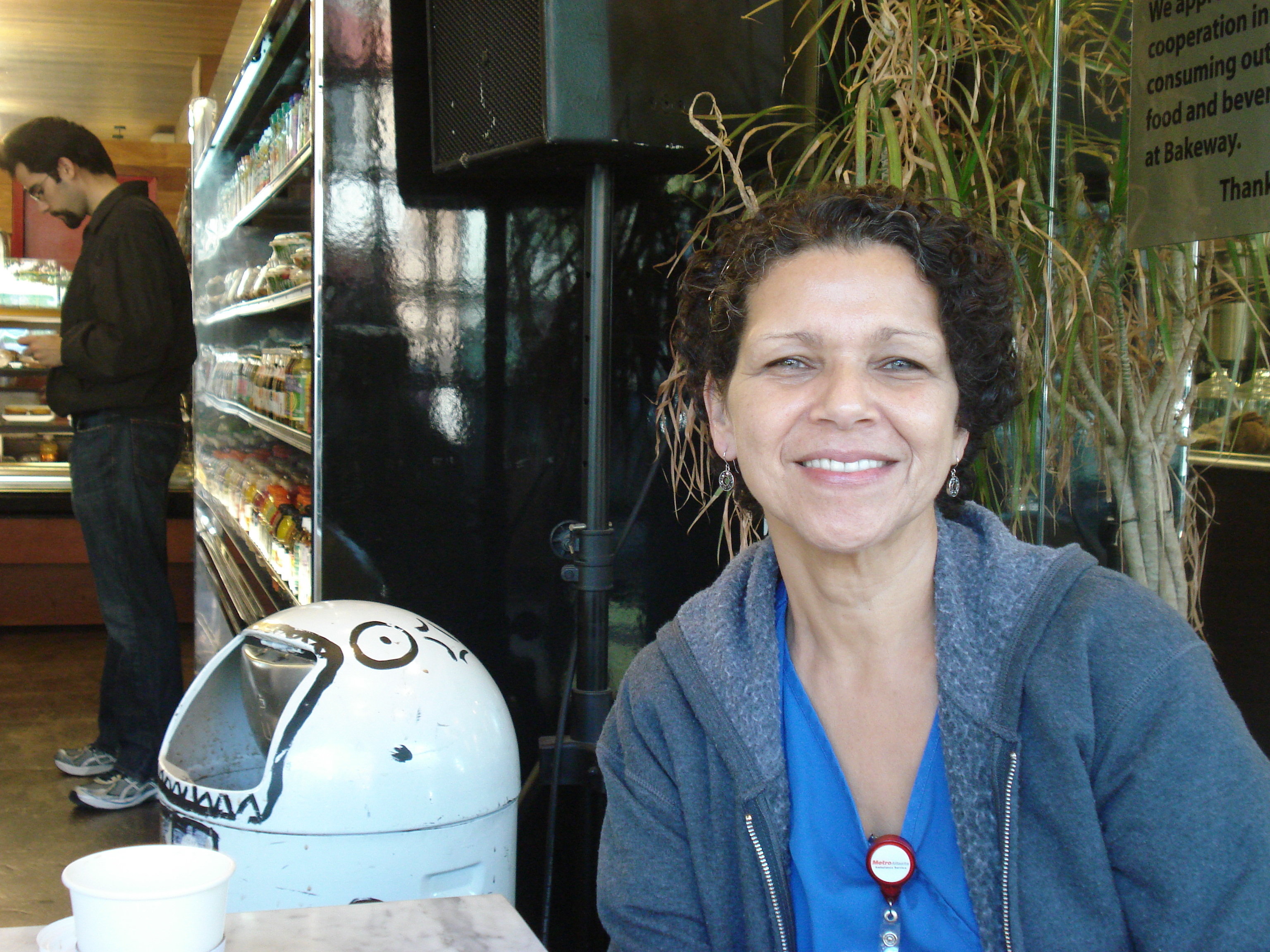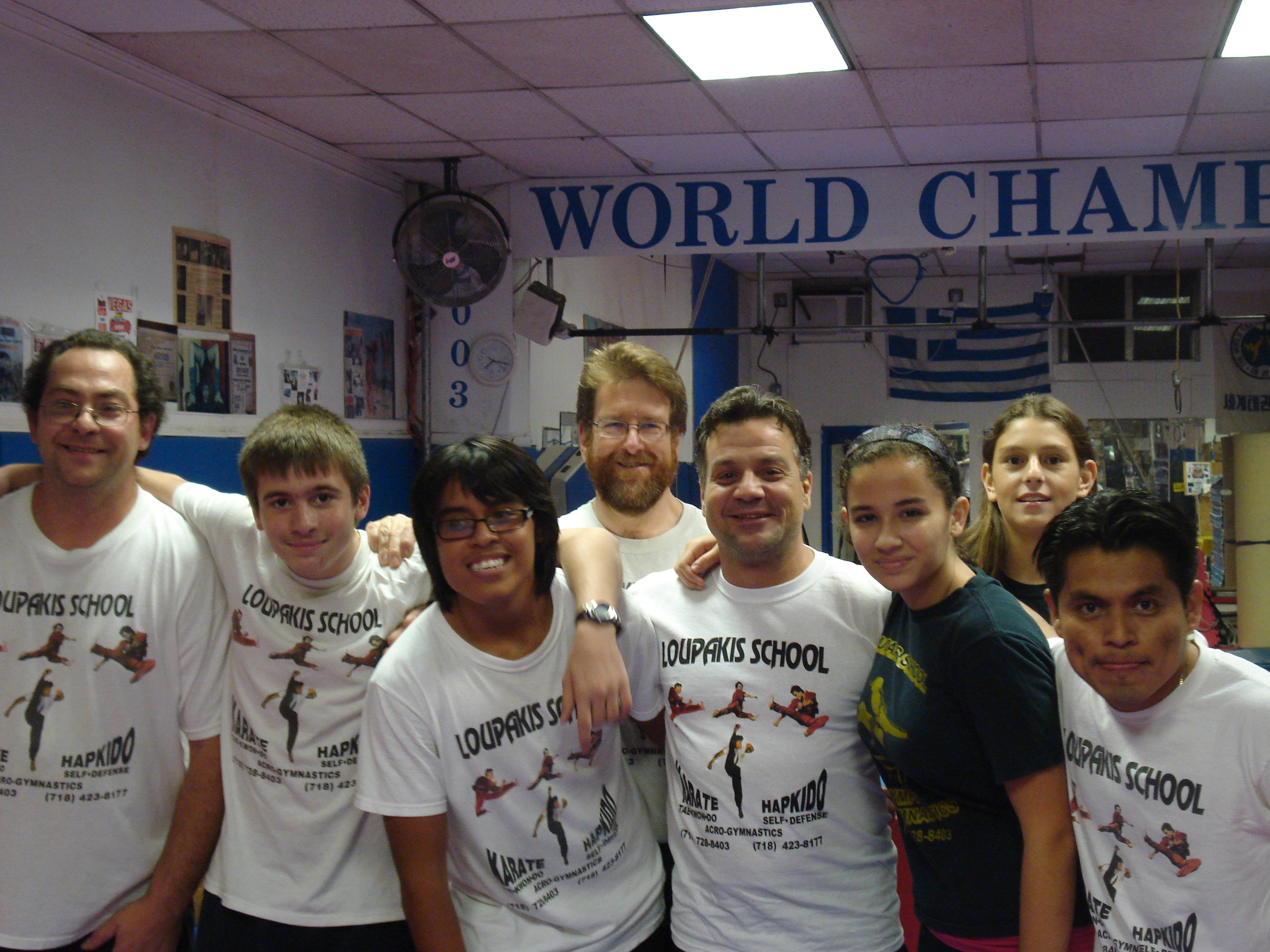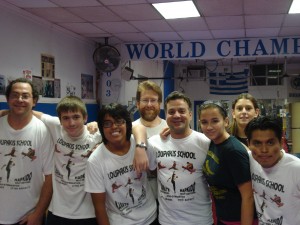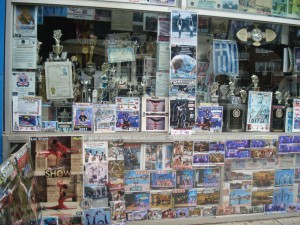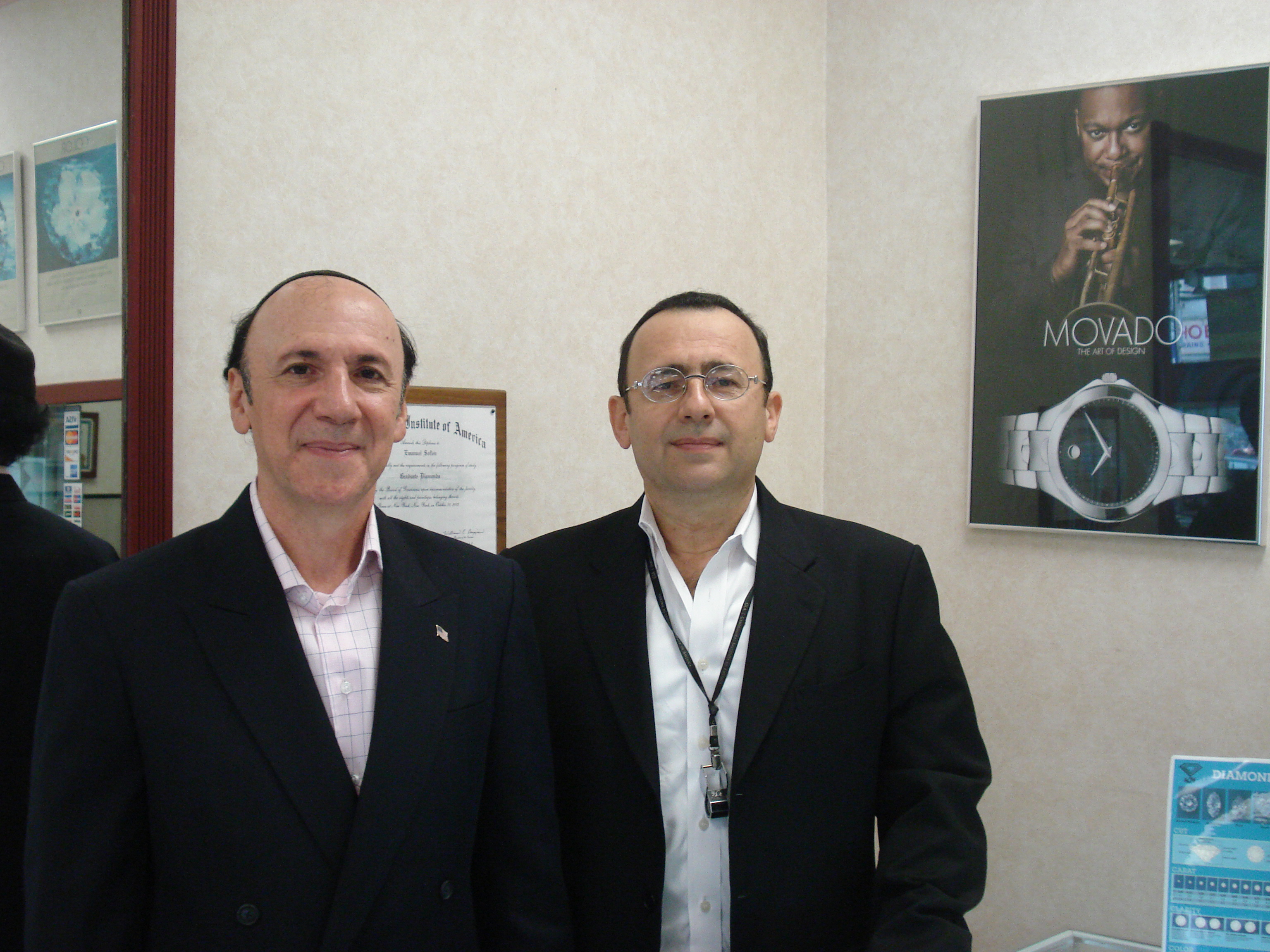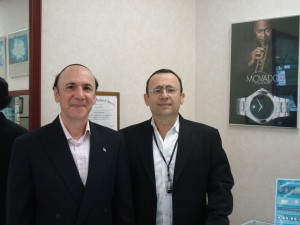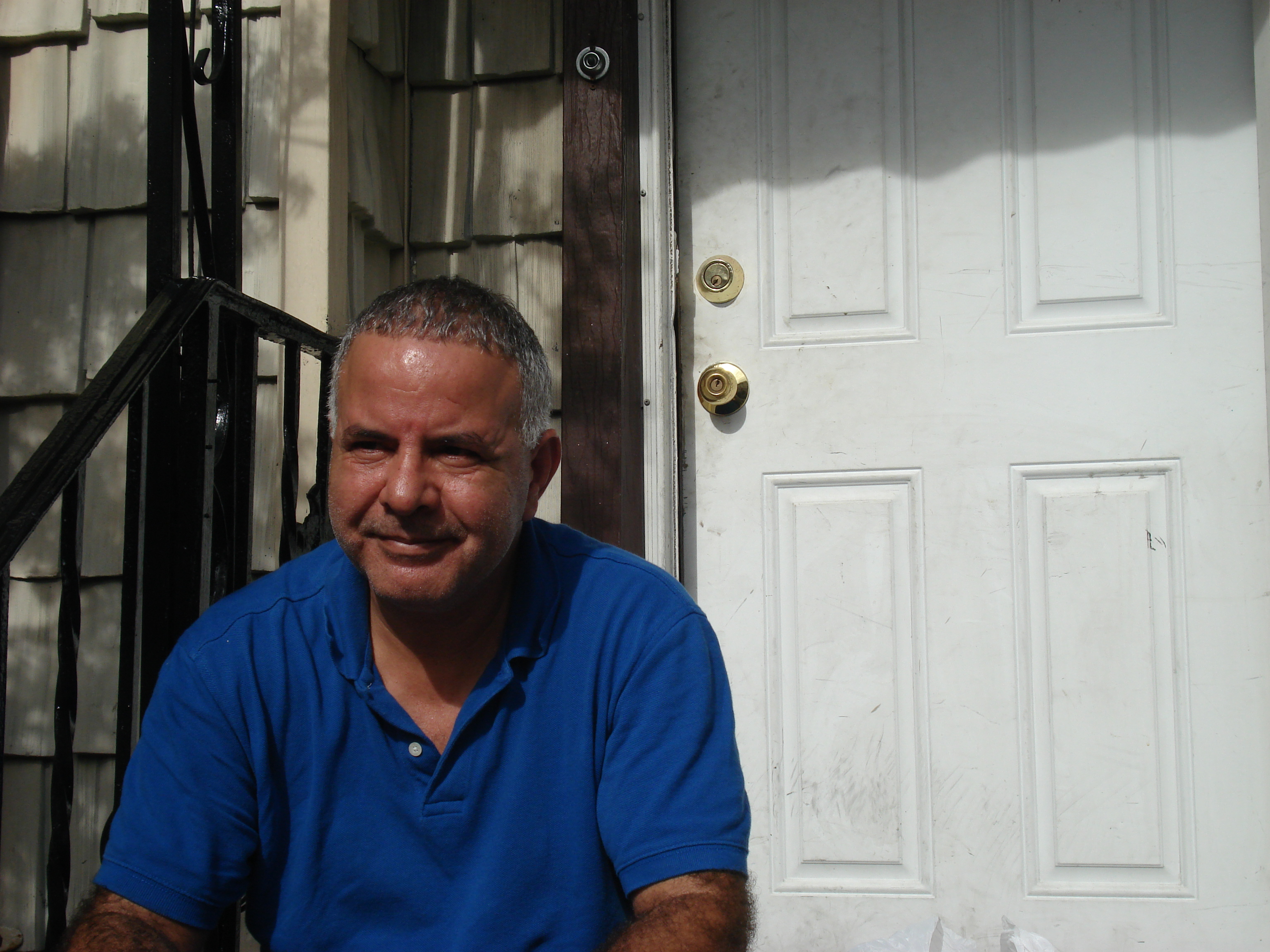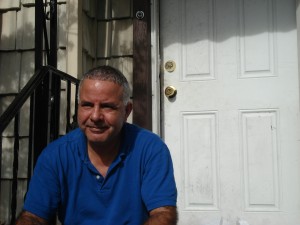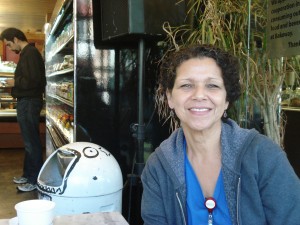
The stretch of 30th Ave between 28th and Crescent Streets is dominated by Mount Sinai Queens hospital. Throughout the day there are uniformed doctors and nurses crossing the Avenue to get coffee and sandwiches at Father & Son’s Delhi, ambulances and stretchers coming and going, relatives arriving to visit family members. On a Sunday morning I spoke with Isabel Jennings before her shift began. She is a registered nurse who works in the hospital’s emergency department.
Isabel was born in Puerto Rico and brought up in Astoria. This Summer, after a twenty year absence from the neighborhood, she returned from Atlanta, Georgia, to work here. Her daughter (who studies at Columbia) and son-in-law were expecting their first child – Isabel’s first grandchild. Isabel moved back to New York City to help them. She lives in Upper Manhattan and commutes three times a week to Mount Sinai for her 11am to 11.30pm shift.
“I have mixed feelings about coming back,” she says. “Even though I grew up here, went to school here, it’s still been a big adjustment.” Another adjustment has been her shift hours. “I’m used to working seven in the morning until seven in the evening. This is a rough shift.”
In the emergency department, Isabel treats “anything from keeping someone alive to assuring someone that their cough will go away if they follow the doctor’s instructions. It’s quite intense. It’s extremely busy in the emergency department. I was not prepared for the immensity of it. The hospital is very small, and it is the only hospital here for a good distance around.”
Isabel uses the commute at the end of her day to distance herself from the life-and-death situations she has dealt with at work. “I try to defuse all the emotions by the time I get home.”
Mount Sinai was founded in 1910 as “Daly’s Astoria Sanatorium.” It then became “Astoria General Hospital”. In 1999, faced with financial difficulties and struggling to survive as a stand-alone hospital, it was sold to Manhattan’s Mount Sinai. As its website states, “it is the only community hospital to bear the Mount Sinai name.”
Isabel enjoys helping other people through her work. But she adds: “I do not enjoy the health care system in this country. It just presents problems, so you can’t really help everyone. I think we need an effective national healthcare program. And around here, we need a few more hospitals.”
